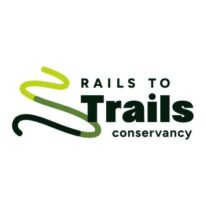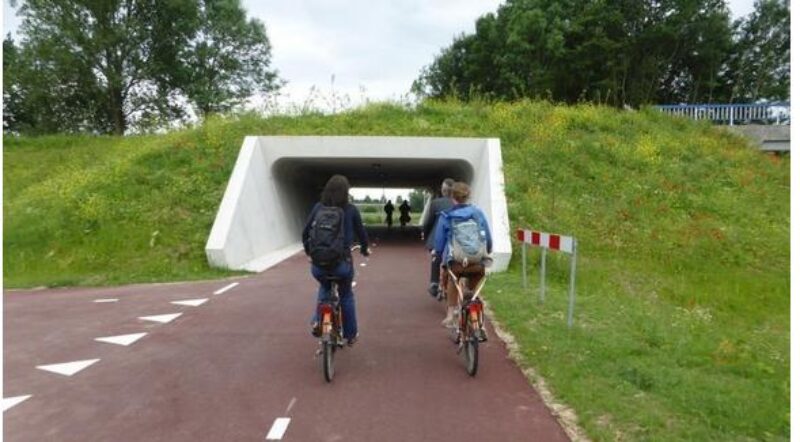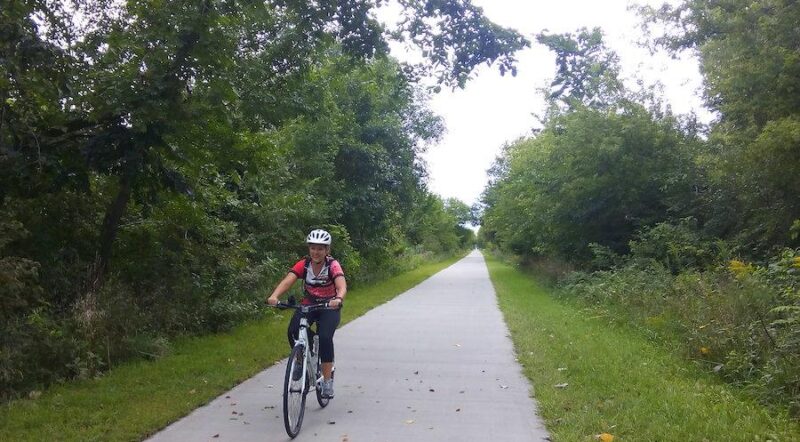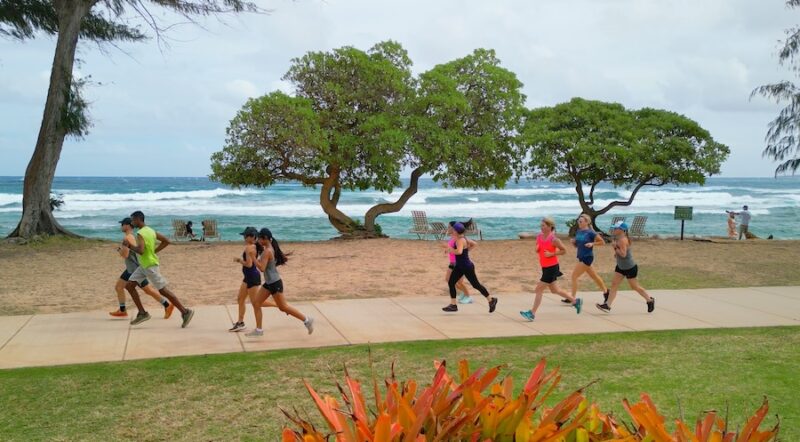2024 Grants Seek to Elevate and Unlock the Economic, Health and Quality-of-Life Benefits of Trail Networks Nationwide

FOR IMMEDIATE RELEASE:
Sept. 19, 2024
CONTACT: Patricia Brooks, patricia@matchmapmedia.com, 202.351.1757
Rails to Trails Conservancy 2024 Grants Seek to Elevate and Unlock the Economic, Health and Quality-of-Life Benefits of Trail Networks Nationwide
RTC’s Trail Grants have provided nearly $3.4 million over 15 years to organizations, municipalities and public agencies to build community participation and fill critical gaps in trail, walking and biking infrastructure
WASHINGTON—Rails to Trails Conservancy today announced it has awarded $421,500 in grants fueling programs working to develop and activate local and regional trail networks. According to RTC, these projects create meaningful quality-of-life opportunities and equitable access to safe spaces where people can walk, bike and be active outside in the communities where they live.
“By investing in innovative infrastructure development and programming that invites communities to come together on trails, RTC’s grant program is helping more communities bring this essential infrastructure to the people they serve,” said Liz Thorstensen, vice president of trail development at RTC. “These grants help organizations and public agencies move forward with their trail network plans, while supporting community-based organizations working to connect more people to these spaces in neighborhoods across the country.”
RTC’s 2024 grantees are leading the charge within their communities to provide opportunities for people to experience and engage with the outdoors, and for trails and trail networks to generate equitable access to transportation and recreation for millions nationwide.
“The work to build, connect and activate these trails is incredibly important—this infrastructure is essential to the well-being of people in every community in America,” said Thorstensen. “We’re thrilled to support 41 organizations this year, but we know we need significant public and private investment to meet the rising demand for safe outdoor spaces and realize the potential of trail networks. This year we received requests from more than 150 organizations totaling over $3.2 million. As a nonprofit, we can’t bridge this gap on our own, but our investment of $421,500 is being leveraged 35 times over, helping drive more than $14 million in projects. That’s significant impact.”
RTC’s Trail Grants program is making a nationwide impact by bringing more people closer to the economic, health and quality-of-life opportunities that trails and trail networks provide. Grant recipients include organizations and public agencies at the national, regional, state and local levels serving a range of rural, urban and suburban areas. Many of the grantees represent Justice40 Initiative communities, which are defined by the federal government as experiencing decades of underinvestment while also being most impacted by climate change, pollution and environmental hazards.
For example, Water Valley Main Street Association is establishing the Yalobusha Greenways Alliance to conduct a feasibility study to map and plan the future Water Valley Rail-Trail, which will serve as the 3.4-mile spine of the emerging trail network in rural Yalobusha County, Miss., where more than 27% of residents live below the poverty line. The Arizona Trail Association’s Seeds of Stewardship program provides meaningful outdoor environmental education in Tucson using the Arizona Trail as an experiential learning classroom to foster a connection between youth and their surrounding public lands. Clinton County Trails Coalition is purchasing adaptive bikes to create an outdoor experience for people of all ages and abilities in their Ohio county. National awardees include Latino Outdoors’ Vamos Outdoors program, which provides members of the Latinx and other underrepresented communities with transformative outdoor experiences; and HBCUs Outside, which is working with six Historically Black Colleges and Universities to develop outdoor experiences and engage with the outdoor industry. The entire list of grantees is available at railstotrails.org/grants.
The 2024 Trail Grants are part of RTC’s longstanding program, which has distributed nearly $3.4 million across more than 420 grants to 260+ organizations since 2008. Learn more about RTC’s Trail Grants program at railstotrails.org/grants.
Rails to Trails Conservancy is the nation’s largest trails organization—with a grassroots community more than 1 million strong—dedicated to building a nation connected by trails, reimagining public spaces to create safe ways for everyone to walk, bike and be active outdoors. Connect with RTC at railstotrails.org and @railstotrails on Facebook, Twitter and Instagram.
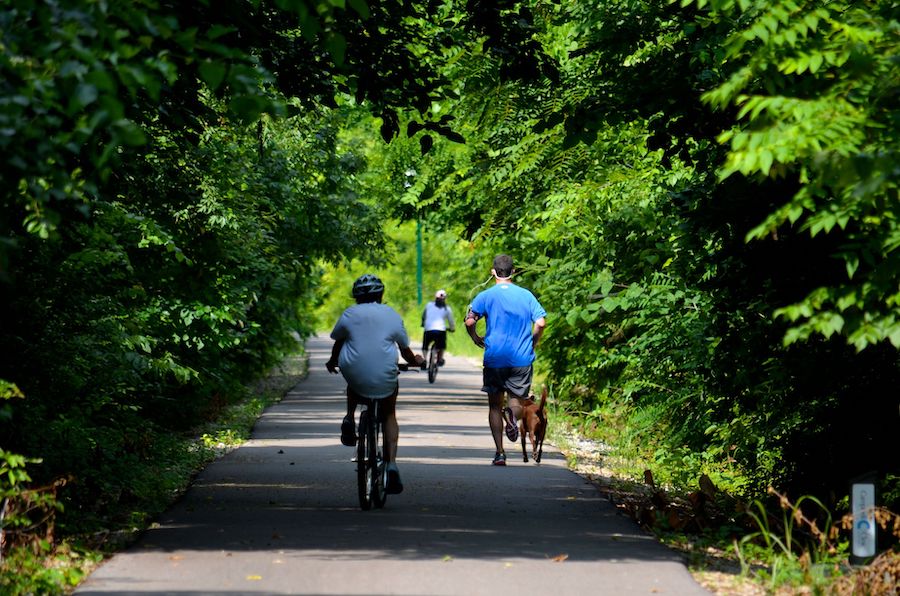

Donate
Everyone deserves access to safe ways to walk, bike, and be active outdoors.
